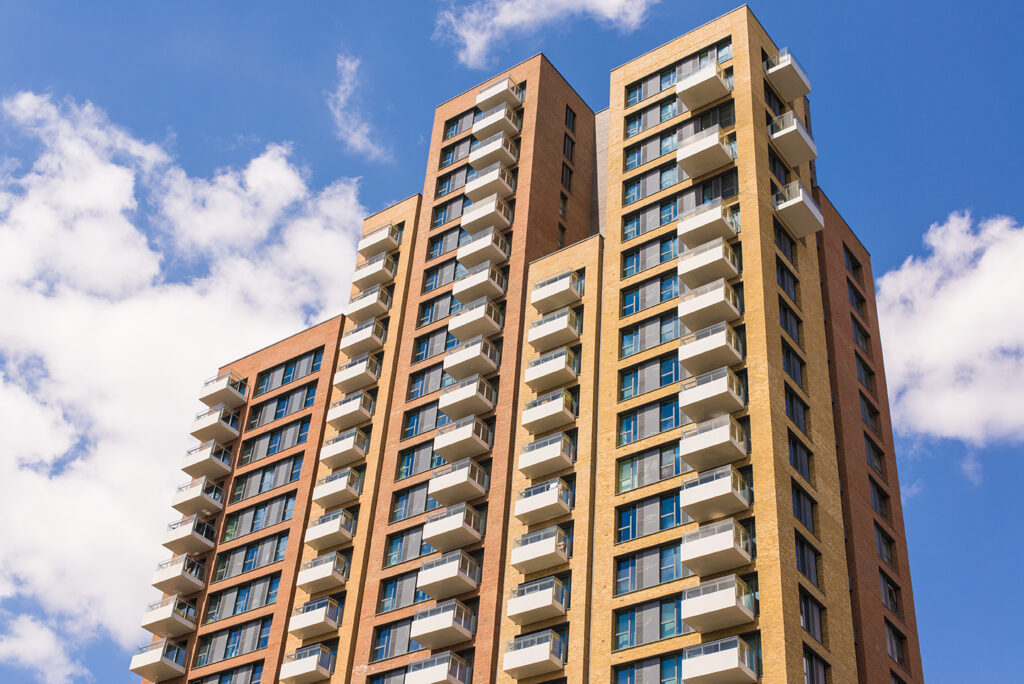On April 28, 2022, the Building Safety Act of 2022 came into effect, ushering in a series of reforms aimed at improving the safety of high-rise buildings and ensuring that residents living in these structures aren’t burdened with financial penalties.
High-rise buildings, defined as those exceeding 18 meters in height or featuring at least seven stories, each containing a minimum of two residential units, are the focus of these reforms. Measurements are taken from the ground floor level, with any subterranean levels excluded from consideration.
Plan Insurance can accommodate your Property Owners & Landlord Insurance needs. Just fill in our short call back form, and our professional brokers will be in contact to arrange your insurance.
The Building Safety Act of 2022 introduces several mechanisms to empower residents and property owners in high-rise buildings to safeguard their investments and well-being:
Historic defects in the construction of properties will no longer fall upon the shoulders of tenants to rectify. Instead, the responsibility for these costs can now be shifted to the structure’s builders, sparing tenants from financial burdens. Tenants can request information to identify any defects in their building and demand that the responsible party rectify them.
The Act grants landlords the ability to request contributions from tenants with relevant leases to cover the ongoing costs of safety measures. Existing leases will have their service charge provisions automatically amended to accommodate this change. Calculating each tenant’s contribution will depend on the existing service charge apportionment. New leases for newly constructed buildings will incorporate these provisions, either directly or in some form.
Commercial tenants are exempt from contributing to safety measure expenses. This could result in landlords bearing these costs. The willingness of retail tenants to voluntarily contribute remains to be determined, and this may become a negotiation point in new leases. There is an argument for commercial tenants to participate if it safeguards their interest in the property through the implemented safety measures.
Residents of high-rise buildings will gain a stronger voice in ensuring the safety of their structures, as they can voice concerns to the Building Safety Regulator.
From the perspective of building owners, heightened vigilance is now necessary during both construction and ongoing maintenance:
The Act establishes clear lines of responsibility for those involved in designing, constructing, and completing buildings, along with specific guidelines and requirements that must be met. Reporting is mandatory, and records must be accessible to building inspectors, buyers, lenders, and others. Failing to comply can render a property unsellable and ineligible for mortgages.
Criminal sanctions are in place for those who fail to adhere to the Act’s provisions.
Building owners and landlords are obligated to contribute to the cost of rectifying building issues, eliminating any escape route from these financial responsibilities.
While adapting to this new regulatory framework presents challenges for all stakeholders, it is undoubtedly a necessary and welcome change in light of past incidents. Becoming thoroughly acquainted with the Act’s requirements and the associated liabilities and benefits will take time, but it’s a collective effort that the entire property industry should be committed to undertaking.


